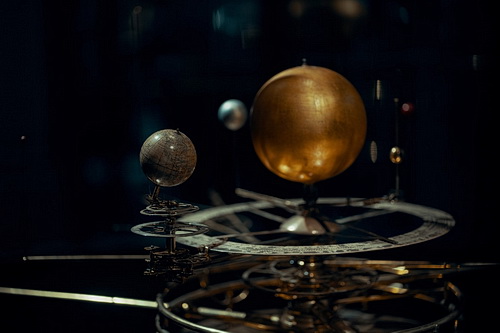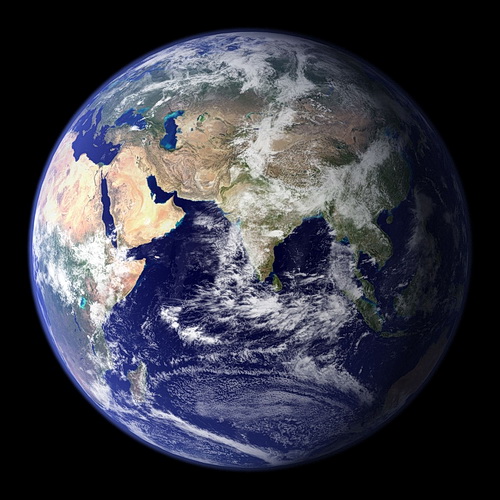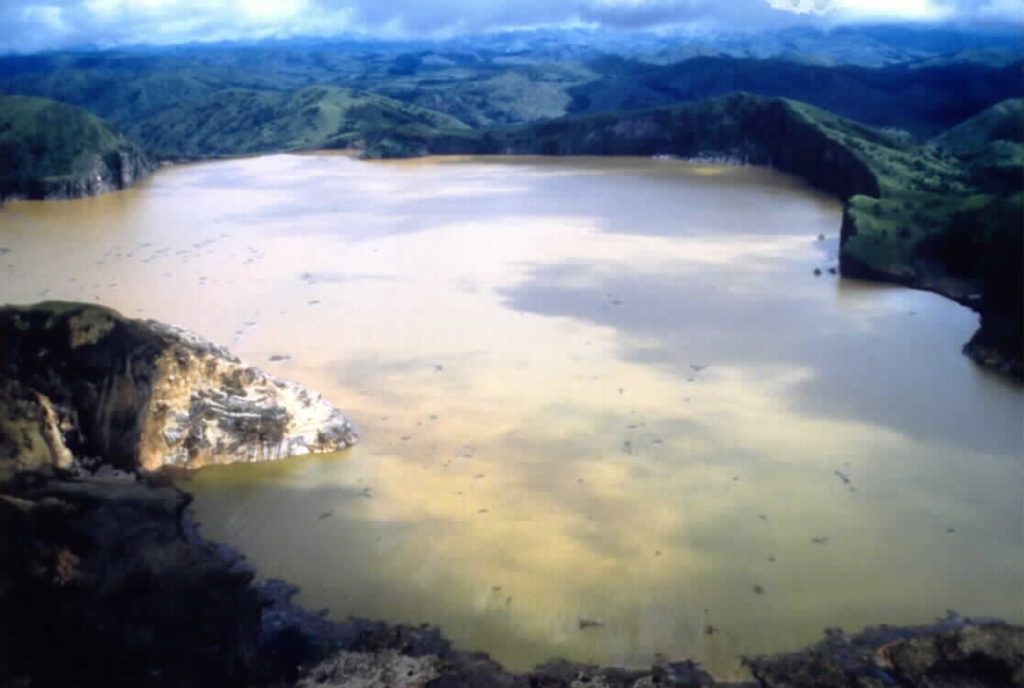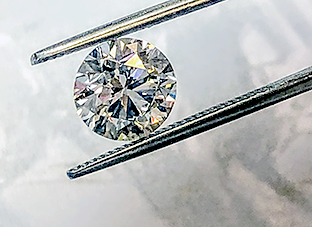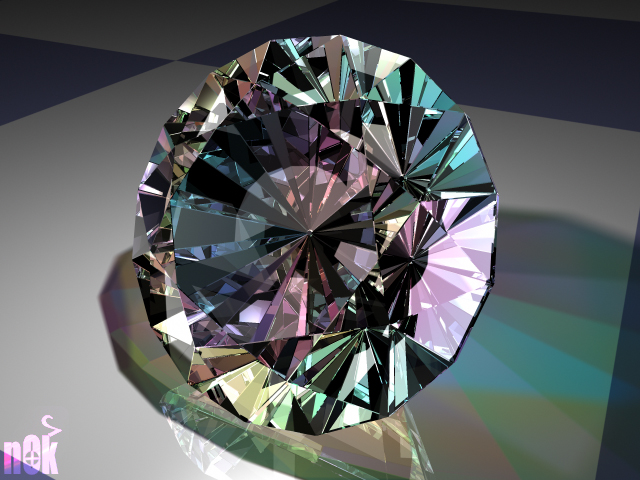
If you’ve ever had an opportunity to see a gemstone in its raw form, you probably wouldn’t be able to guess how valuable they can be once refined. Gemstones don’t form just like that; it takes thousands to millions of years. It’s their rarity and the tough process of extraction that makes them such a valuable commodity!
While most people are fond of gemstone jewelry, gem collectors are more interested in knowing where they come from. If you’re among the latter, you may be interested to know how the breathtakingly-beautiful ruby gets formed or how the sparkling sapphire came into existence. If so, you’ve come to the right place. This blog post summarizes the million-year process of gem formation. Let’s hop into the topic without any further delay.
The Origin of Gemstones
Simply put, gemstones come from rocks. Rocks are made from an assortment of different minerals. The most common minerals that are most abundant in rocks include silicates like mica, olivine, quartz, emeralds, oxides, carbonates, halides and sulfides. Many minerals come together to form beautiful and unique crystals and out of these crystals, gemstones are the most valuable. Gems look quite ordinary in their raw, uncut form, but once they are extracted, cut and polished, the luster and brilliance are just incomparable!
How Are Gemstones Formed?
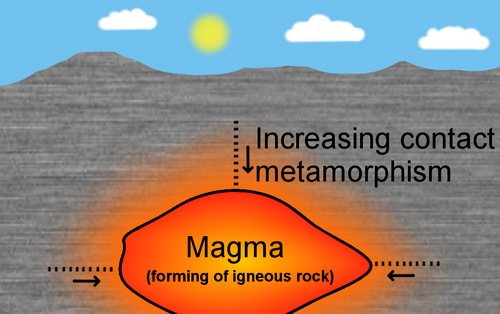
Most gemstones are formed inside the earth’s crust, which is the top-most layer. They’re usually created at a depth of 3-25 miles. However, some gemstones from deeper down in the mantle. These include peridot and diamonds. The mantle mostly consists of magma, which is molten rock.
Since most of the gemstones form in the earth’s crust, let’s look at the crust a bit in detail. The crust comprises three different kinds of rocks; igneous rocks, metamorphic rocks and sedimentary rocks. They differ in the way they’re formed. Some gemstone varieties may be formed from any one type of rock, while others may be associated with multiple rock types.
Igneous Gemstones
The igneous rocks are formed by the solidification of magma that rises to the crust from the mantle through volcanic pipes. Once it reaches the surface, it’s exposed to a contrastingly lower temperature, and as a result, it solidifies. However, if the process of solidification is slow and gradual, it can crystallize to form minerals. Some of the gemstones that are formed through the igneous process include quartz (ametrine, amethyst, etc.), garnet, apatite, moonstone, aquamarine, topaz, tourmaline and zircon.
Sedimentary Gemstones
After the igneous rocks reach the earth’s surface, they’re exposed to weathering and erosion, causing them to deteriorate into smaller particles. These smaller particles are moved by water and wind and with time, the layers of these smaller sediments build up underwater or on land. As the sedimentation continues, the pressure by the upper layers results in the layers below to become compressed and compact. They also undergo numerous physical and chemical changes that eventually lead to the formation of sedimentary rocks. Gem formation that occurs through sedimentation results in the formation of sedimentary gemstones that include opal, jasper and malachite.
Metamorphic Gemstones
Some processes put the minerals of igneous rocks and sedimentary rocks under immense pressure and heat that brings about a change in their structure and chemistry. These processes include contact metamorphism and regional metamorphism. As a result of excessive heat and pressure, igneous and sedimentary rocks are converted into metamorphic rock. The gemstones that are formed as a result of metamorphosis include turquoise, ruby, jade, zircon, sapphire, etc.
The rocks are constantly changing. And all of this doesn’t occur overnight. It takes millions of years. It took your favorite ruby that you so fondly wear around your neck at least several thousands of years to be what it is today.
What Makes Gemstones So Precious?
Gemstones aren’t waiting on the earth’s surface where you can pick them up like you pluck a flower or a seashell. They’re embedded in rocks, such that you can’t even tell if a particular piece of rock has gems in it. They are difficult to locate and extract. As the saying goes – best things don’t come easy and that sits fit in the case of gemstones!
Even after gemstones are extracted from the rocks, it takes a lot of effort to bring them into a shape that is lustrous and attractive. You wouldn’t want to wear a pendant with an unrefined piece of rock around your neck, would you? It’s the shine, color and luster that make gemstones so highly attractive.
Gem formation takes millions of years. Assuming that all the gemstones present today are extracted from the earth, we won’t have any new supply of gems for the next thousands of years. The million-year process of gemstone formation is one of the reasons why gemstones are so precious.
All minerals are precious, some more than others. The value of gems depends on how common or rare they are. The more widely a gemstone is available, the less expensive it’ll be. They’re divided into different categories; precious, semi-precious and organic. Precious gemstones include ruby, sapphire, diamond, and emerald. Semi-precious gemstones include opal, topaz, jade, and others. Organic ones include pearl, coral, and amber.
Closing Word
Now you know where gems come from – they come from rocks! The type and quality of a mineral depend on the type of rock it comes from. While all gems are precious, the varying mineral composition gives them a characteristic color and appearance.
Gemstones are widely used in jewelry. A lot of people are involved in gem trading. And many people simply love to collect them. Knowing that a gemstone goes through multiple stresses over tens and thousands of years before taking the form we see today, there is no doubt that people consider them as highly precious assets!


